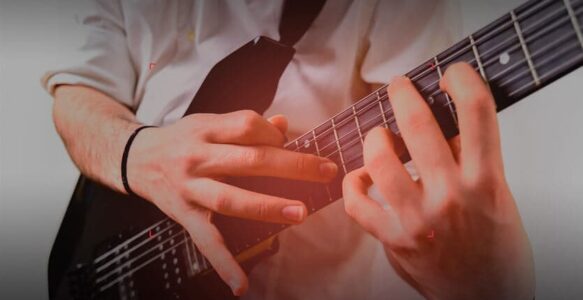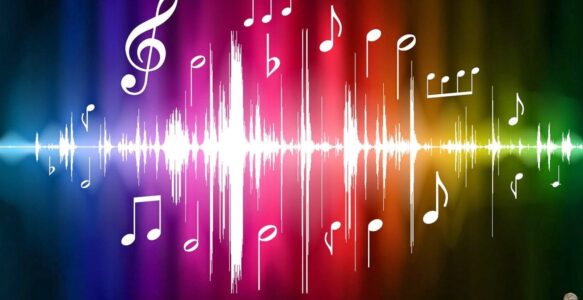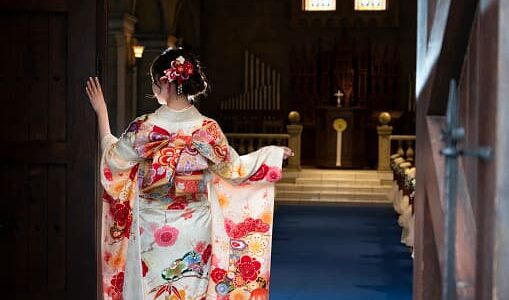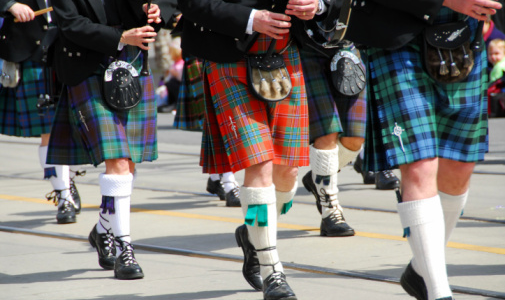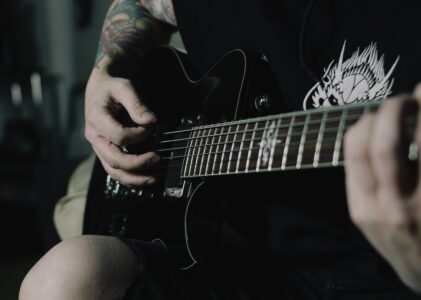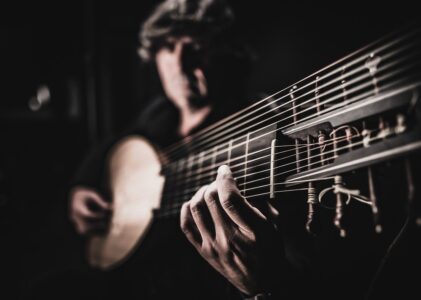The Harmony of Sports and Music Betting: Where Passion Meets Entertainment
Music, the universal language of emotions, transcends boundaries and unites hearts. It is a harmonious blend of rhythms, melodies, and emotions that resonates with people across the globe. In this article, we will embark on a melodic journey exploring the profound impact of music on cultures, emotions, and human connections.
In the exhilarating realm where sports and music converge, a unique form of entertainment emerges: sports and music betting. This thrilling combination not only caters to sports enthusiasts but also music lovers, creating a dynamic synergy of passion and excitement. In this article, we’ll explore the electrifying fusion of sports and music in the betting arena, offering an unparalleled experience for enthusiasts worldwide.
